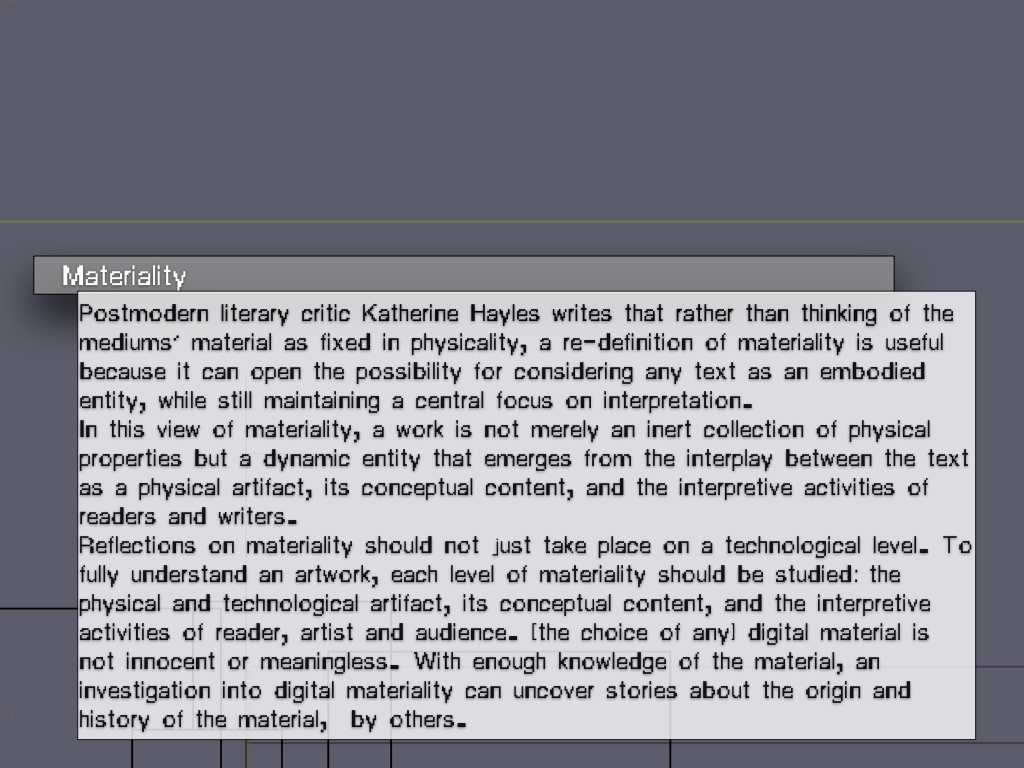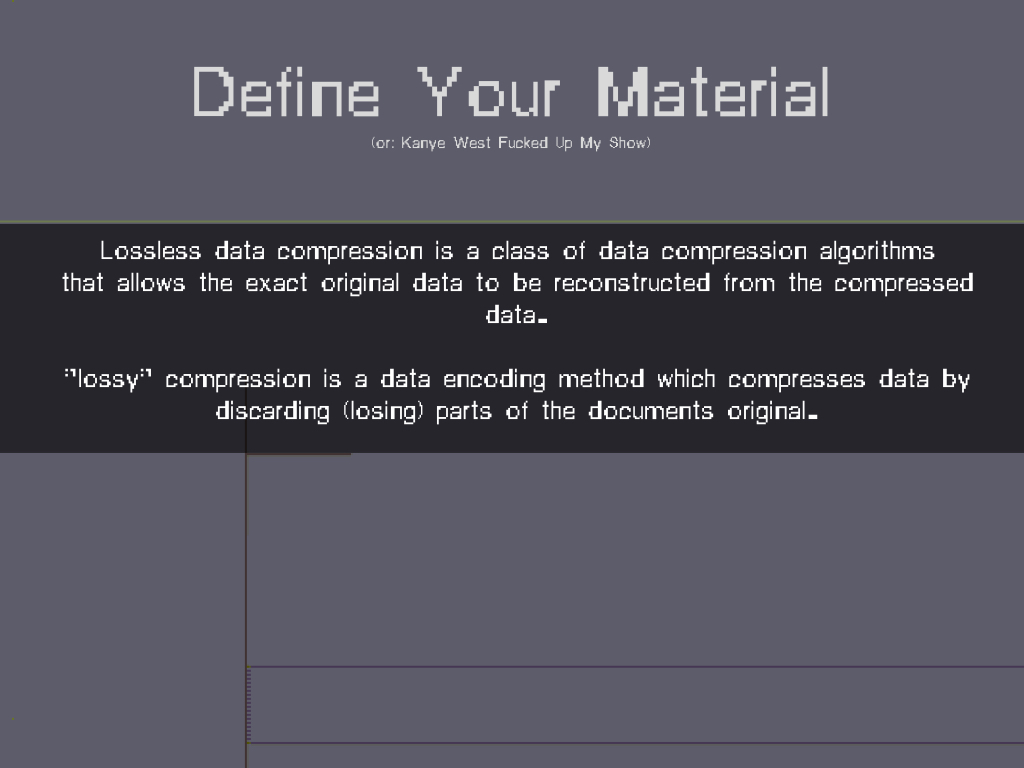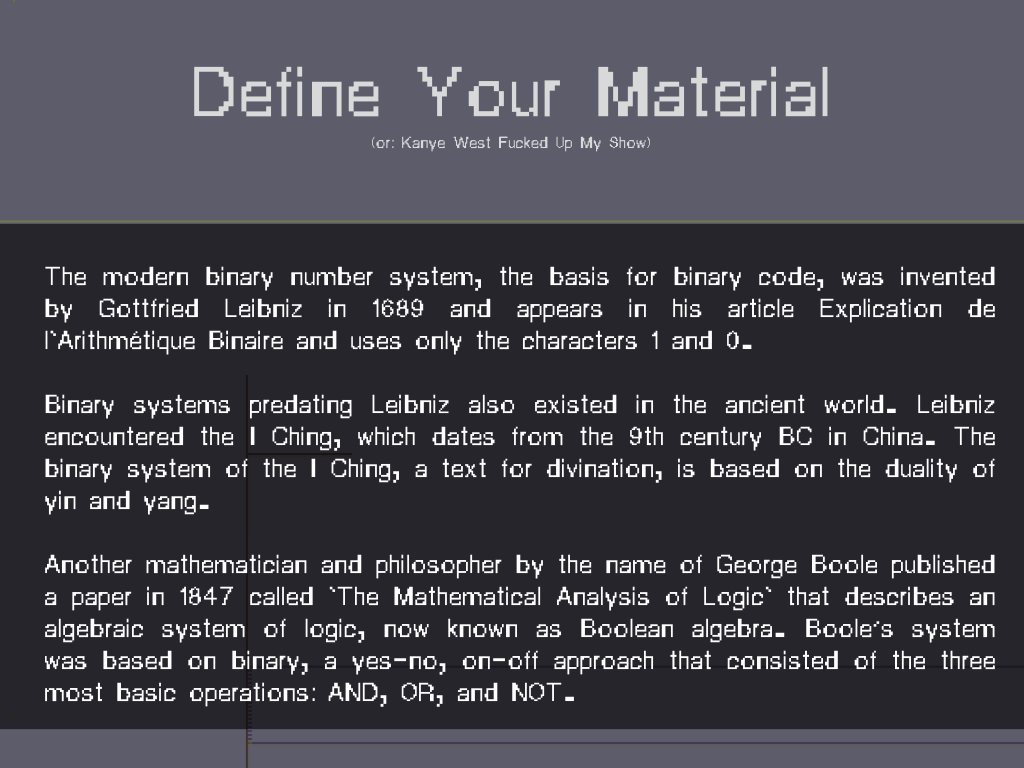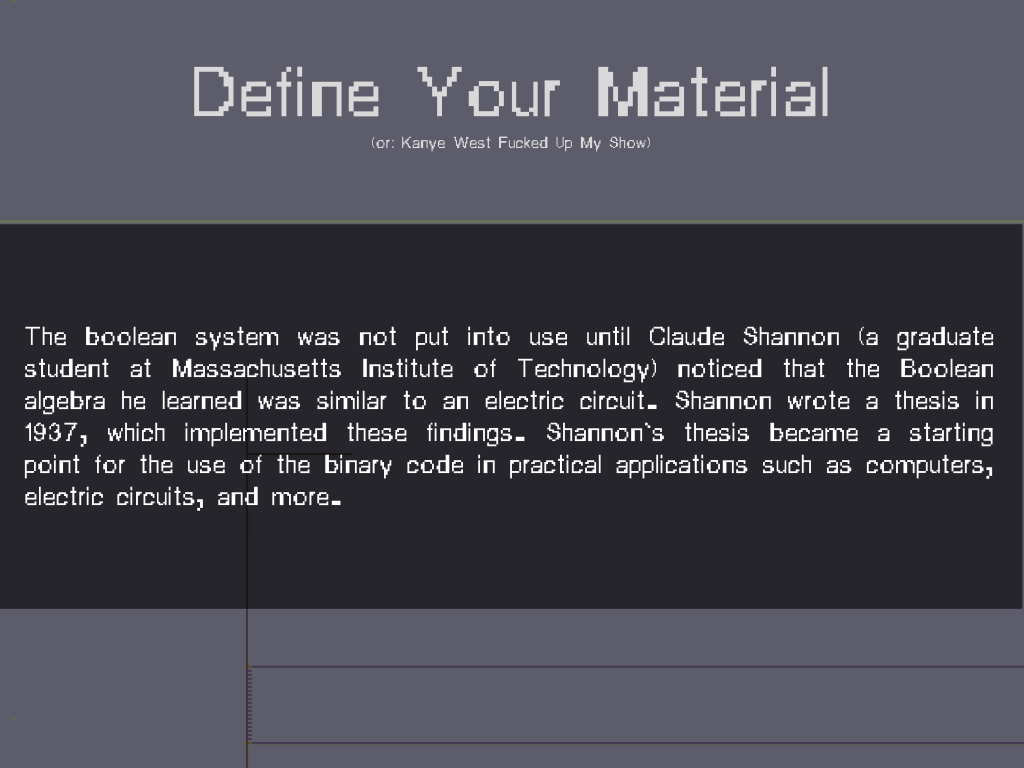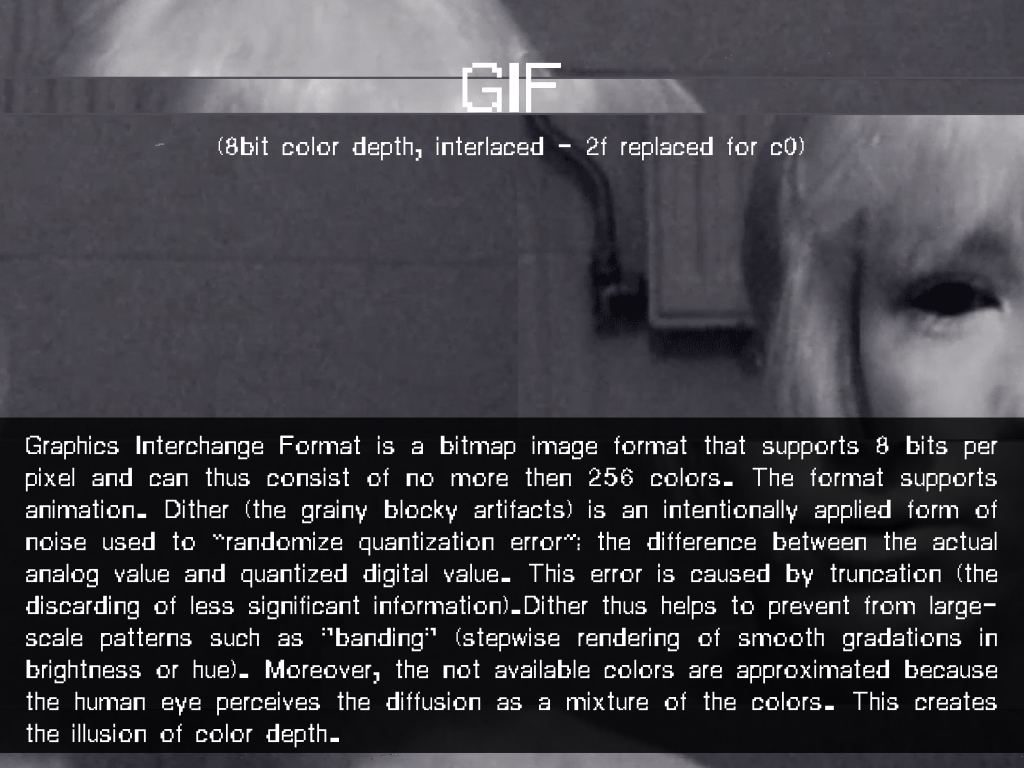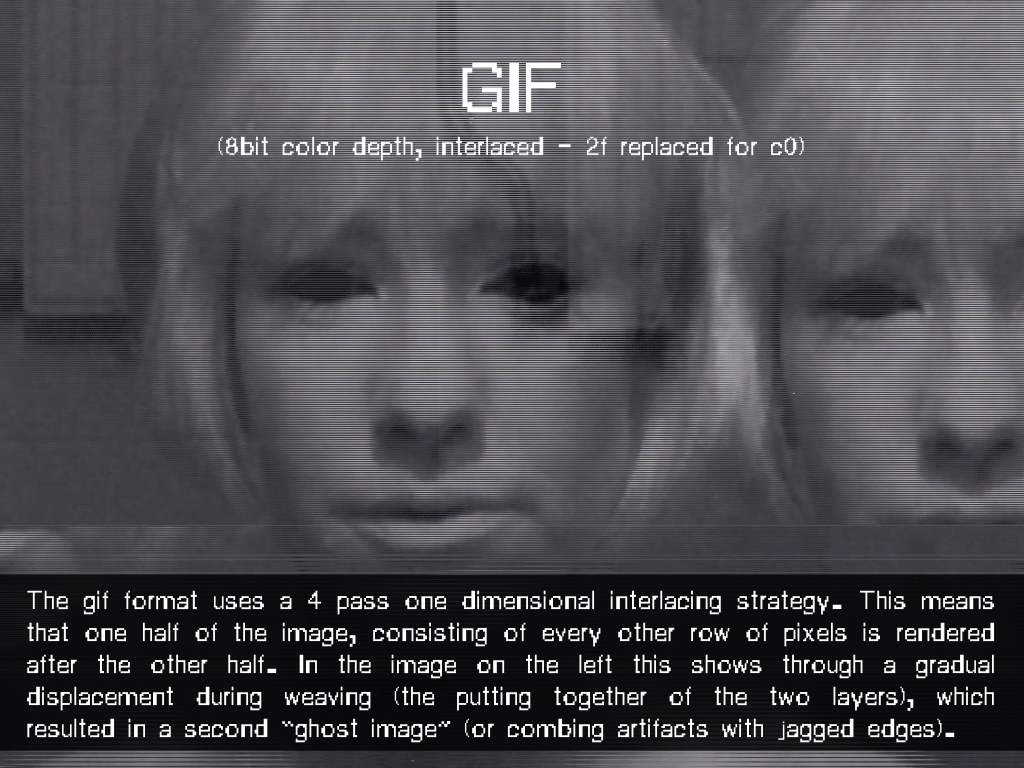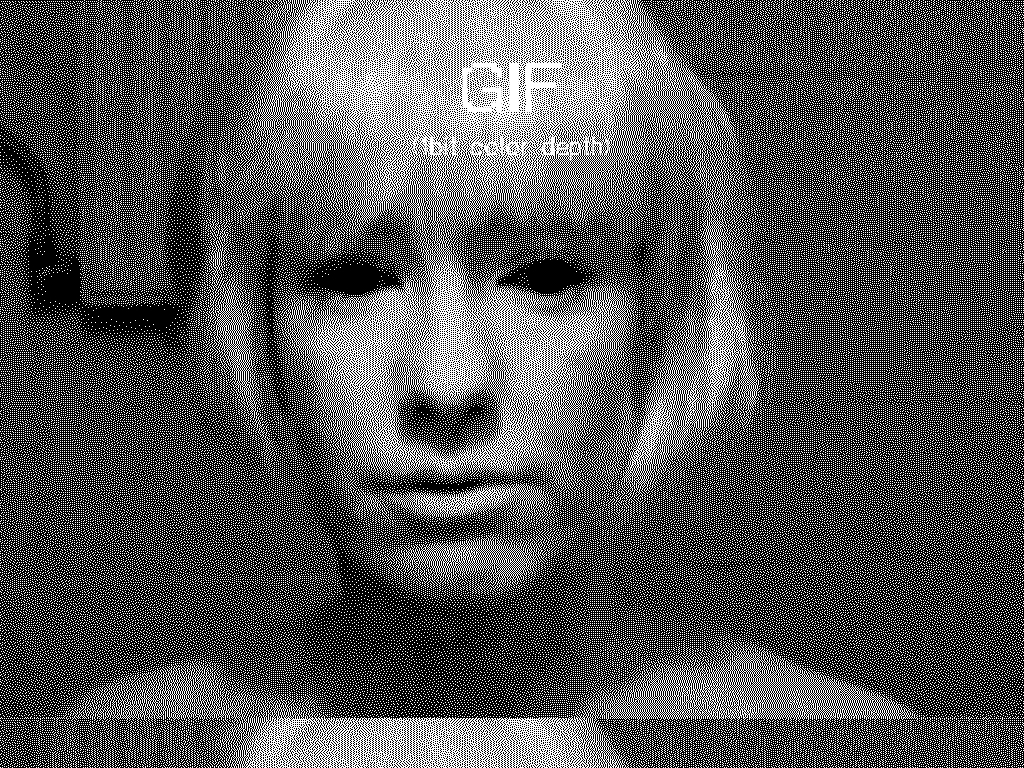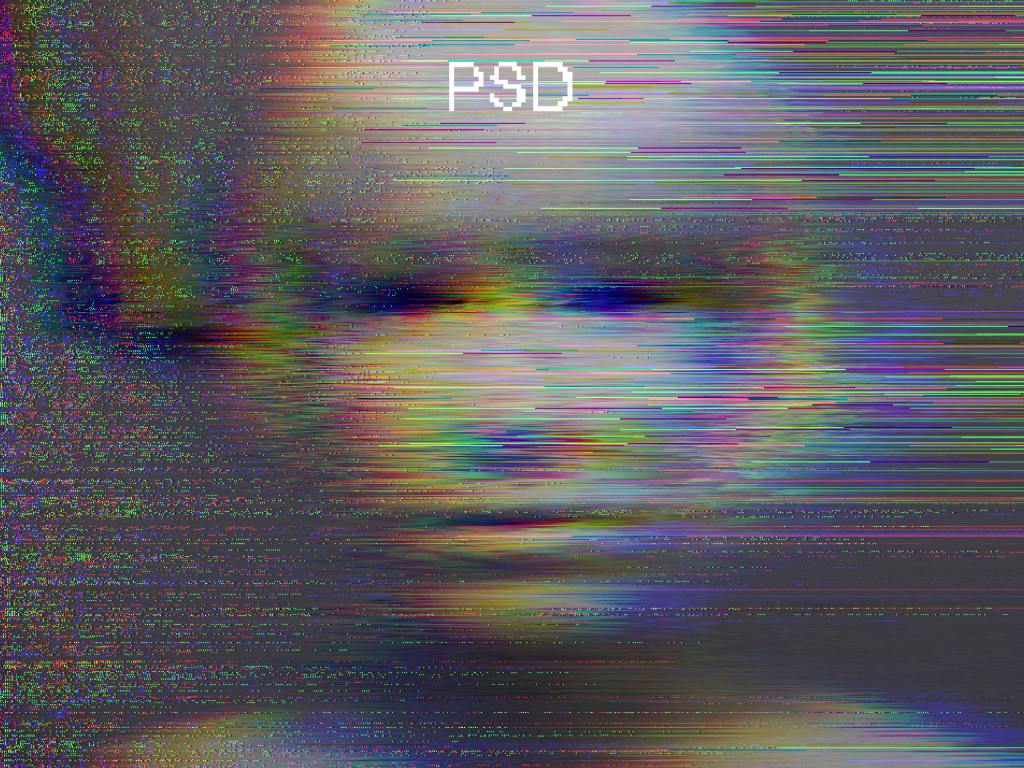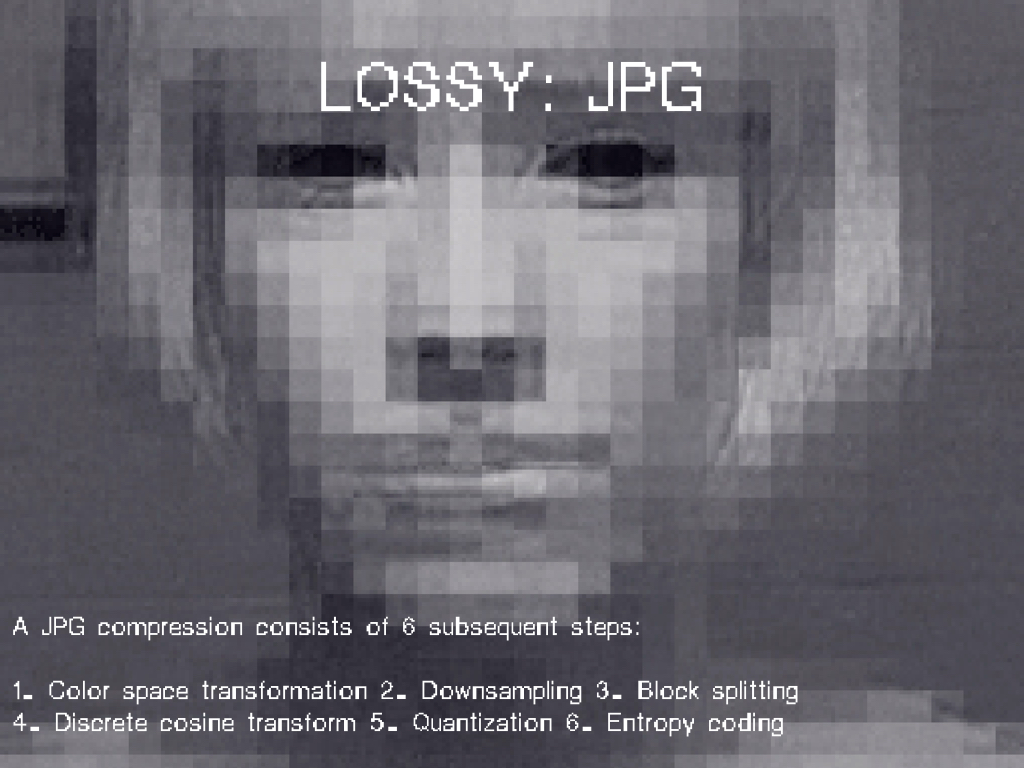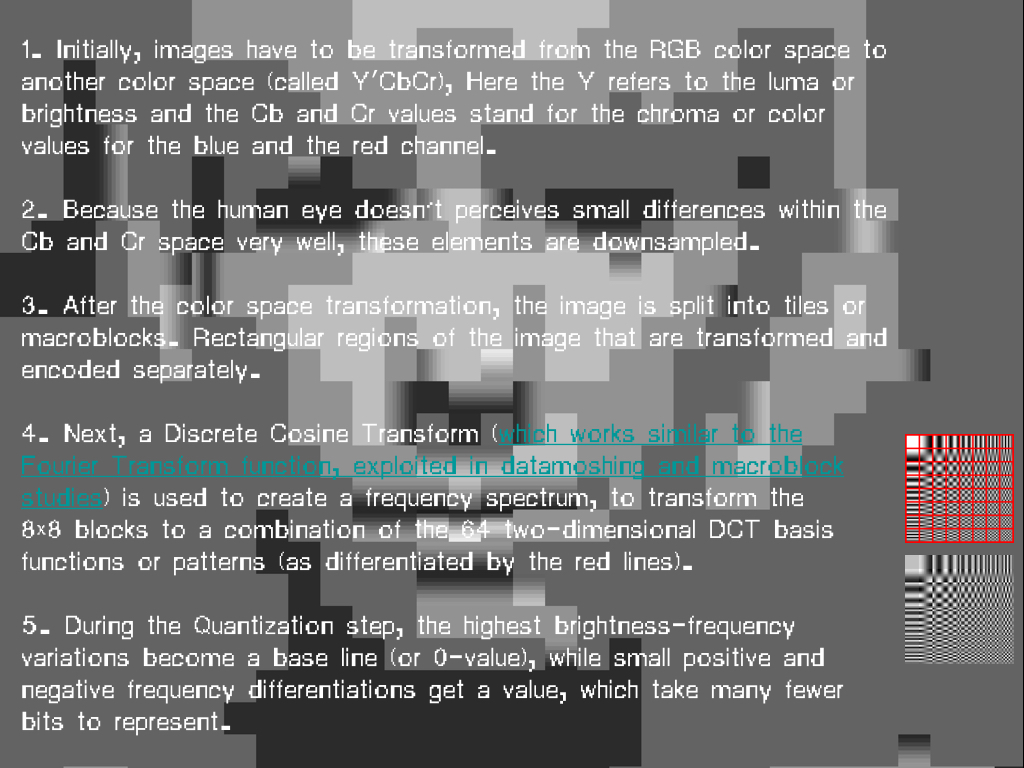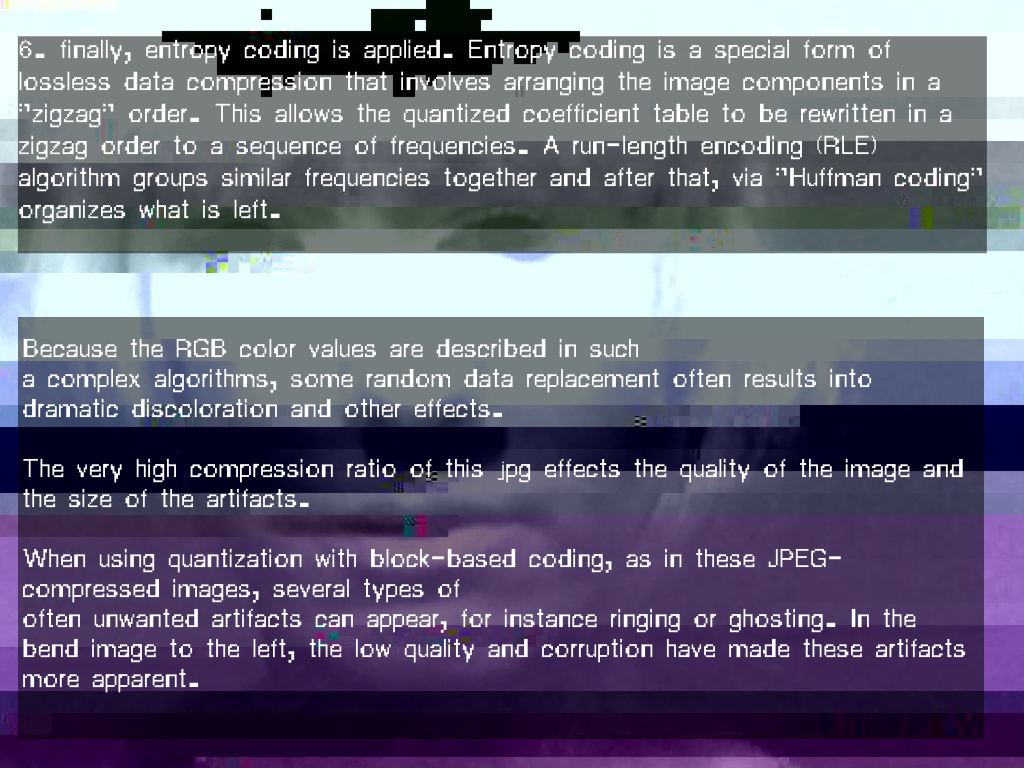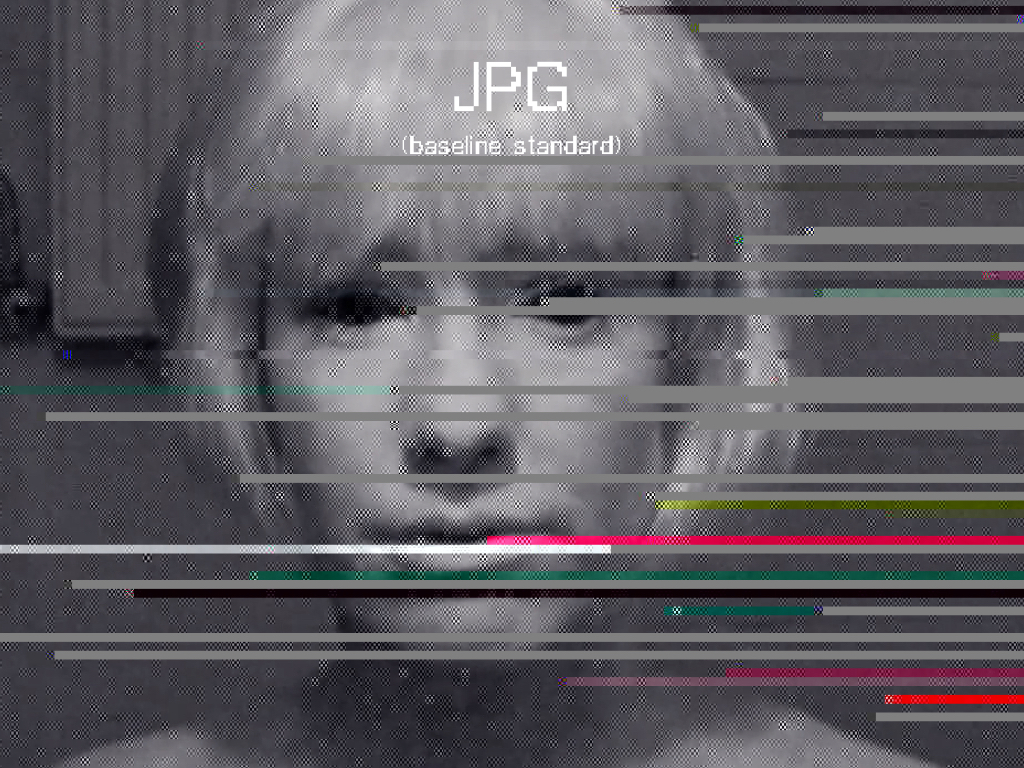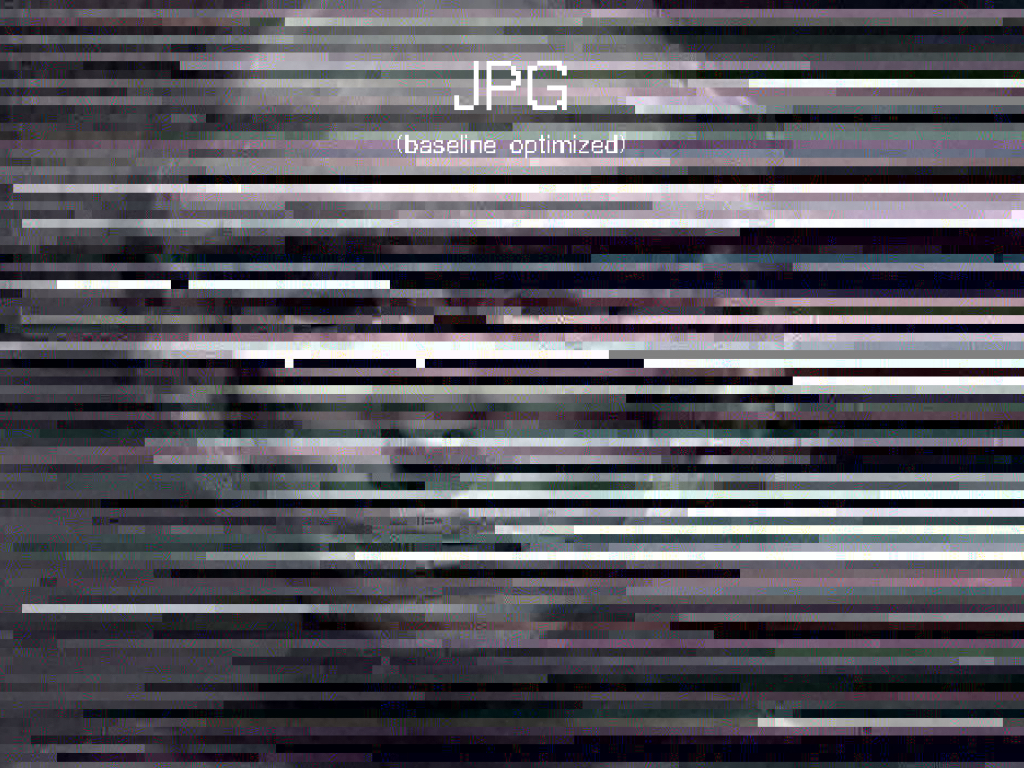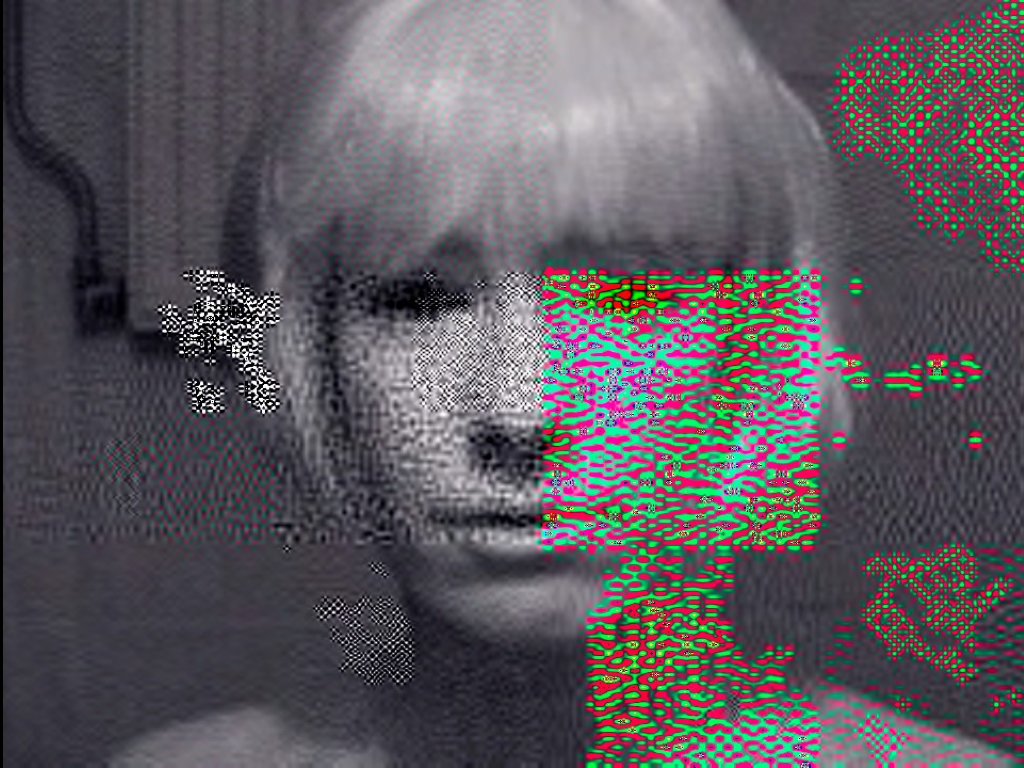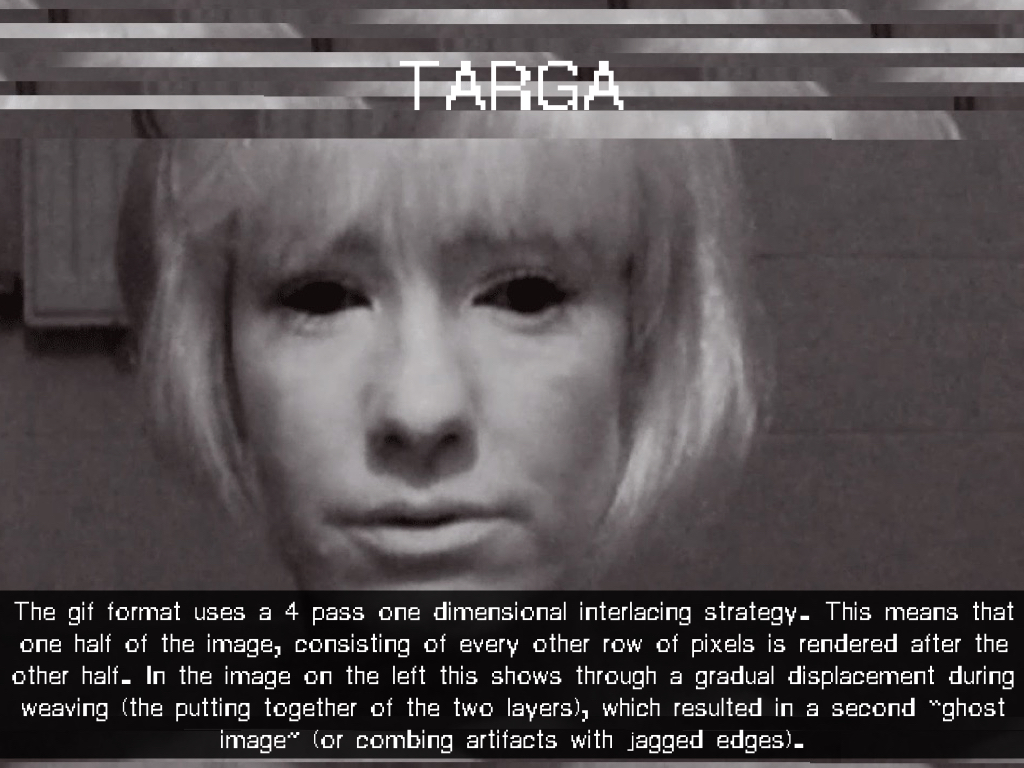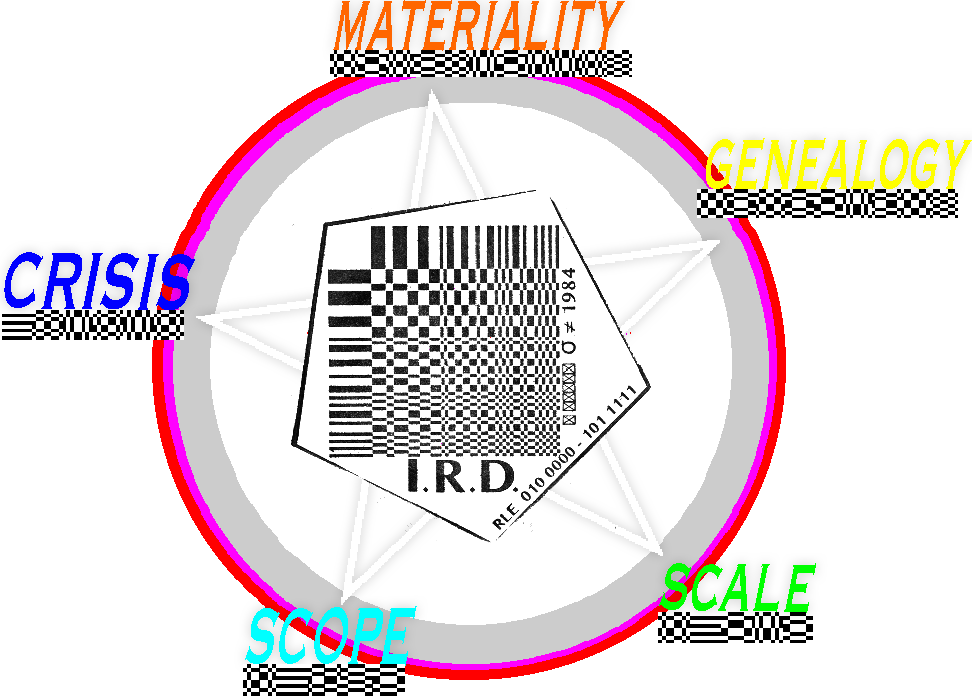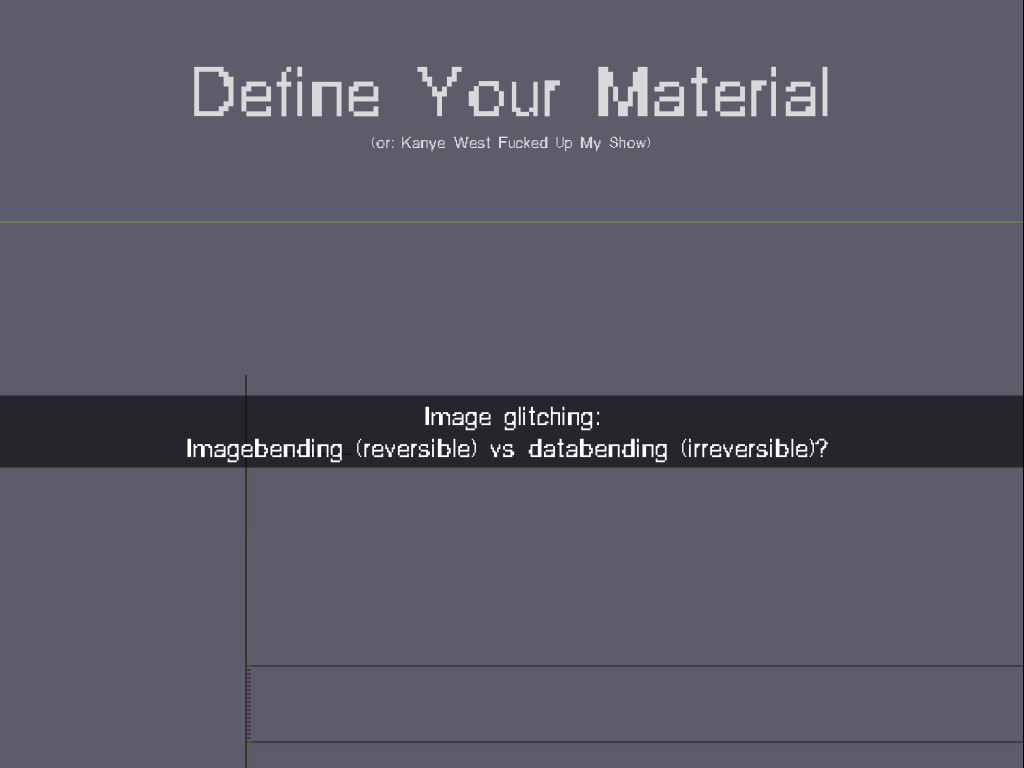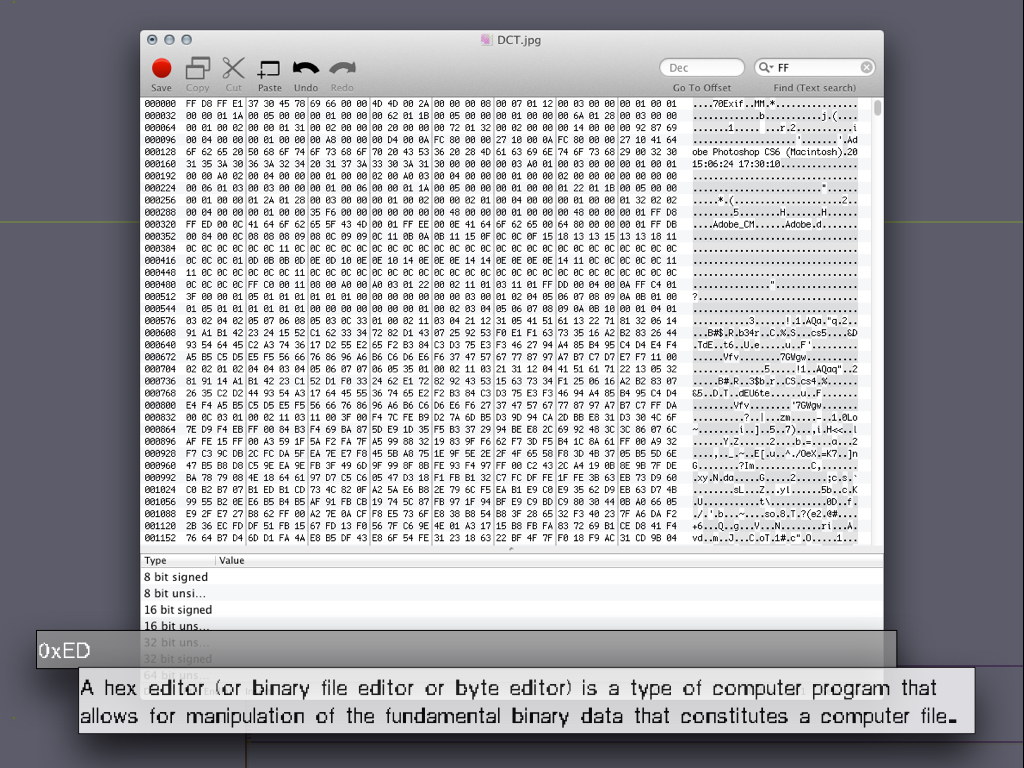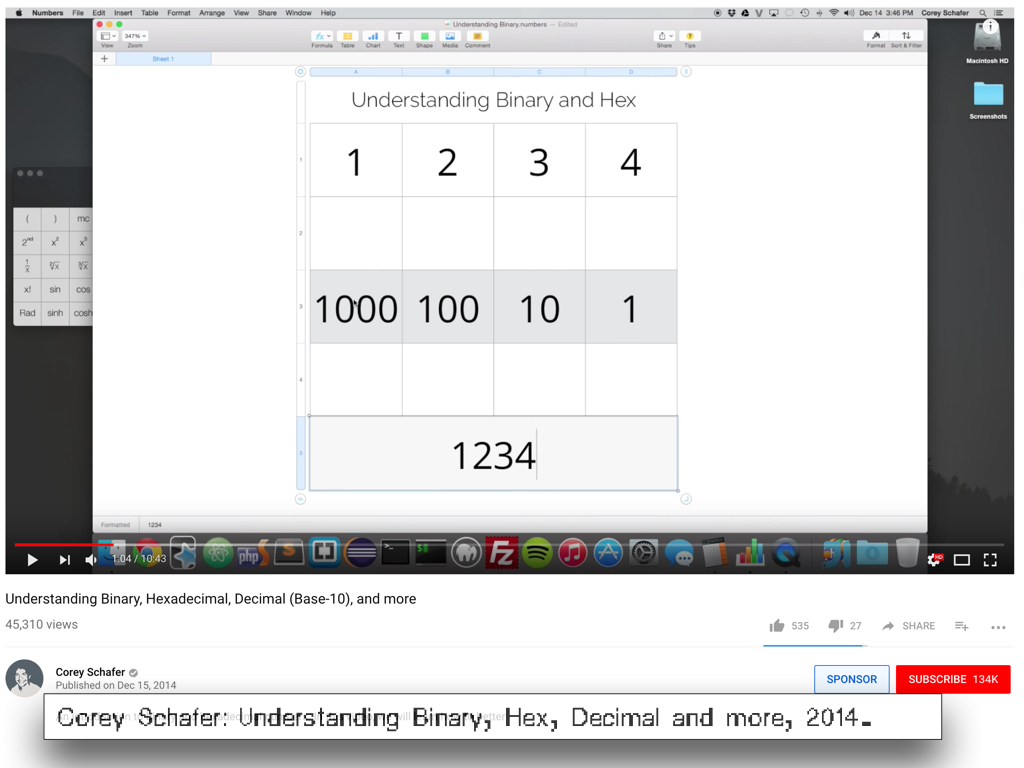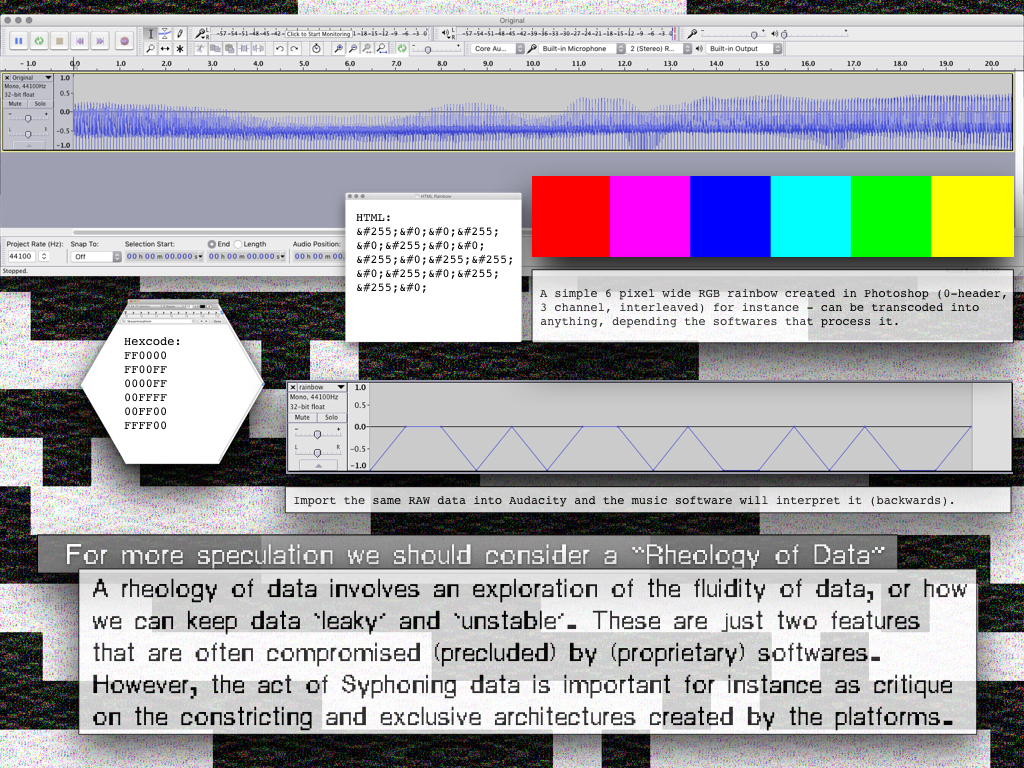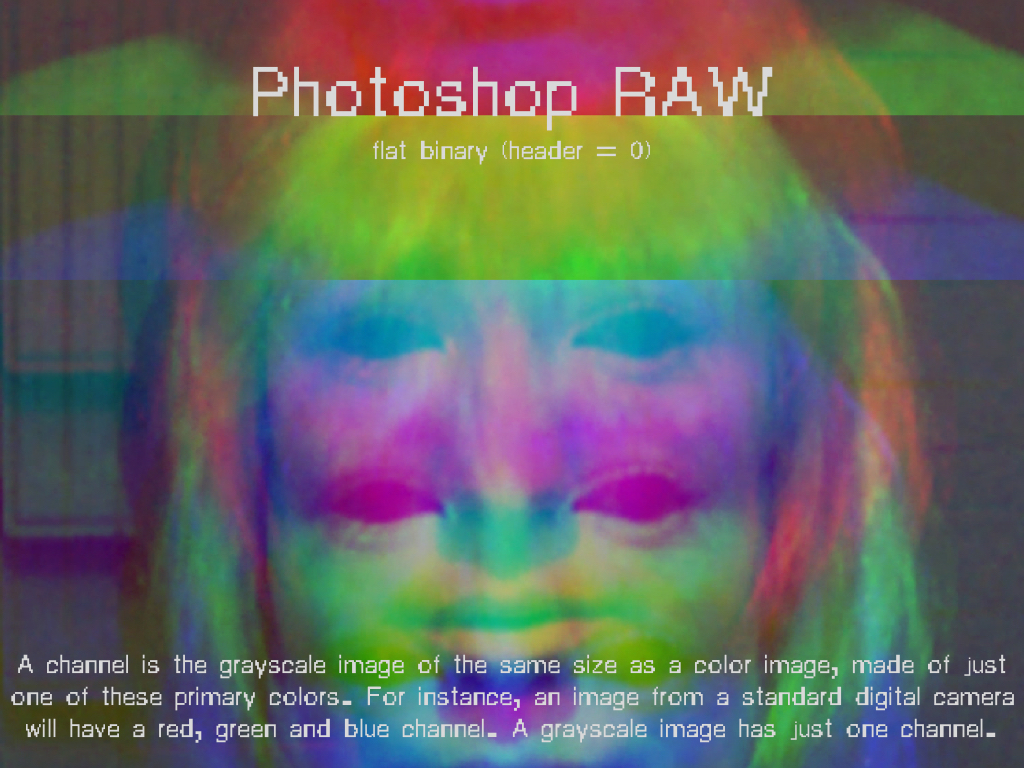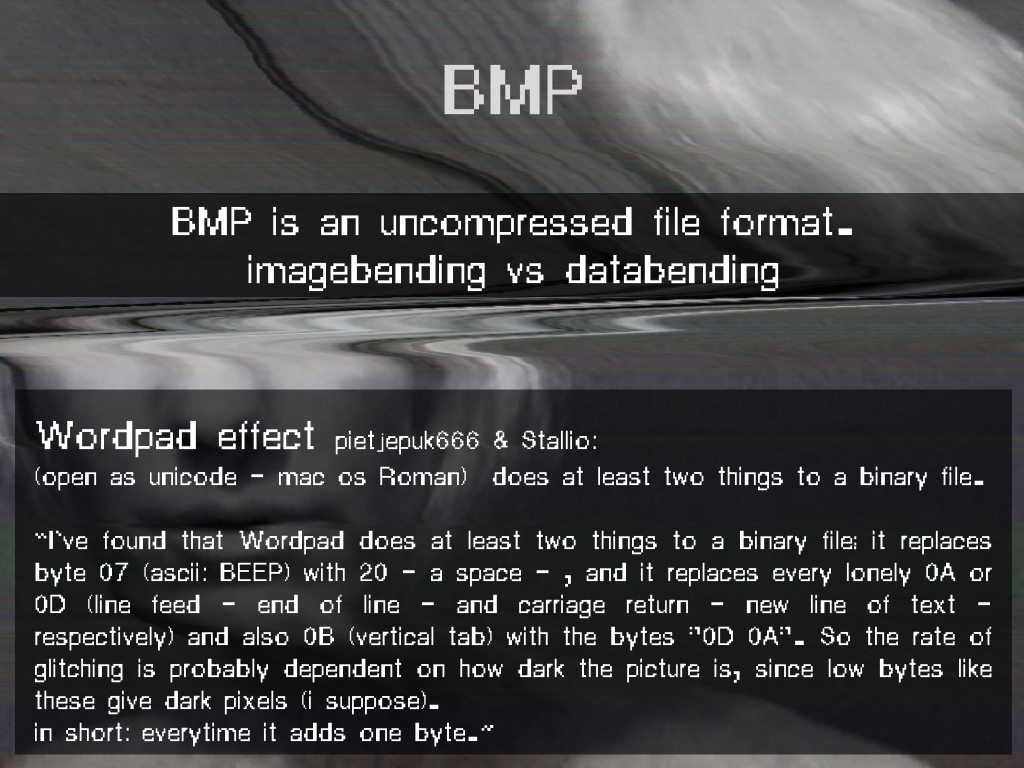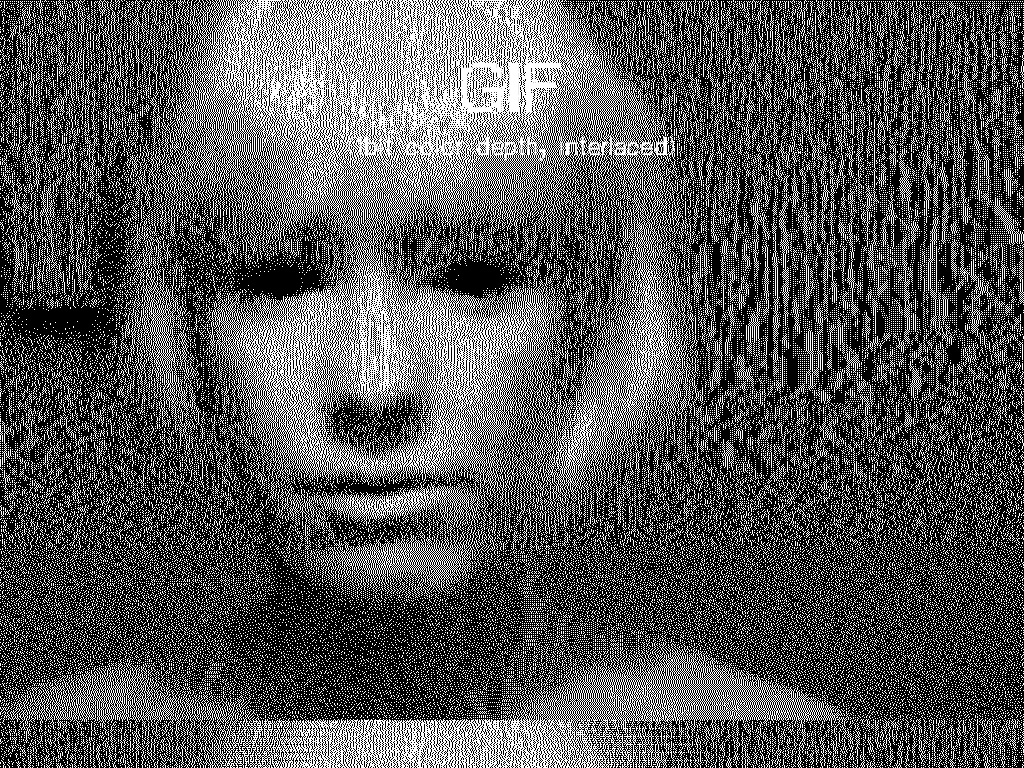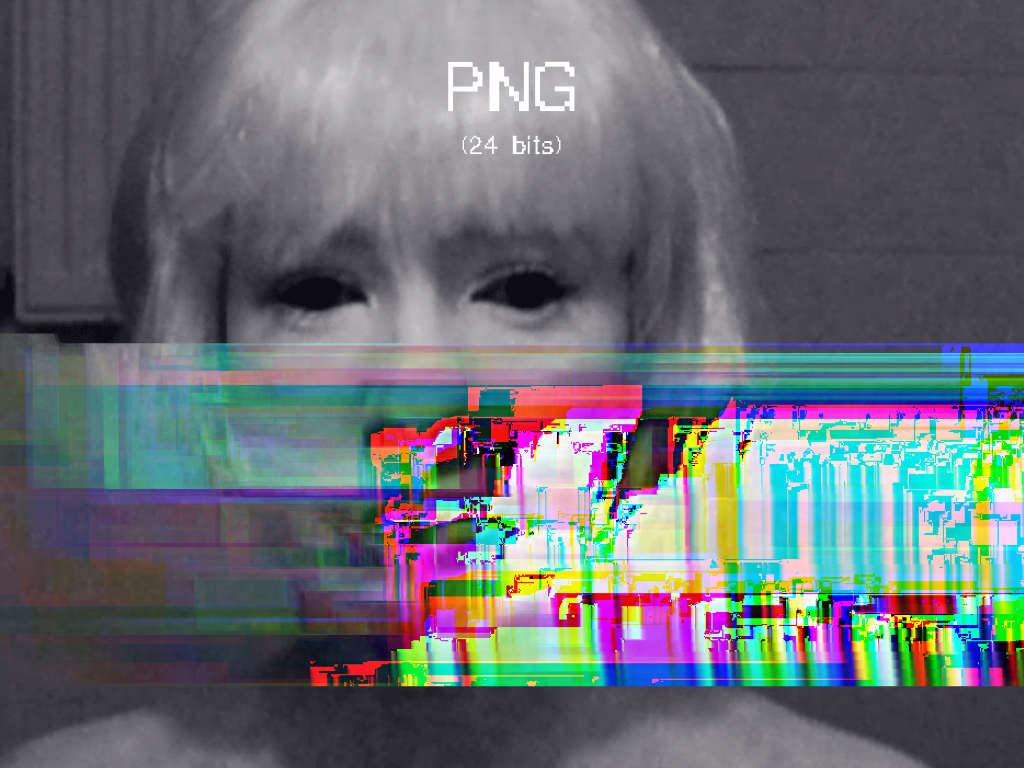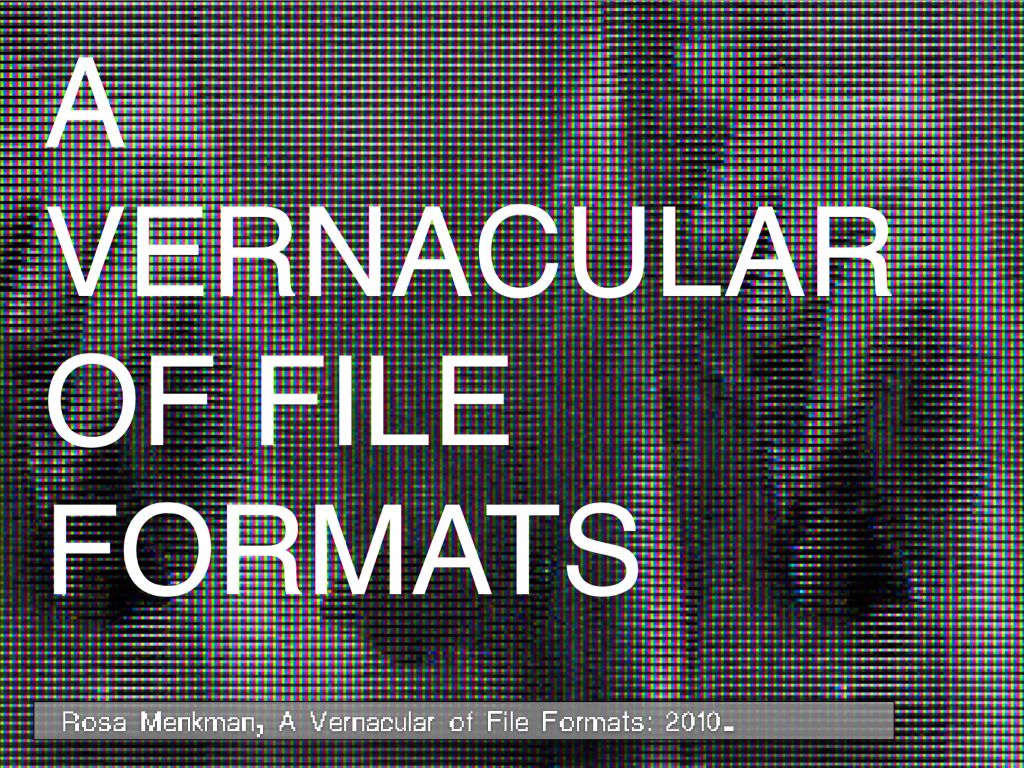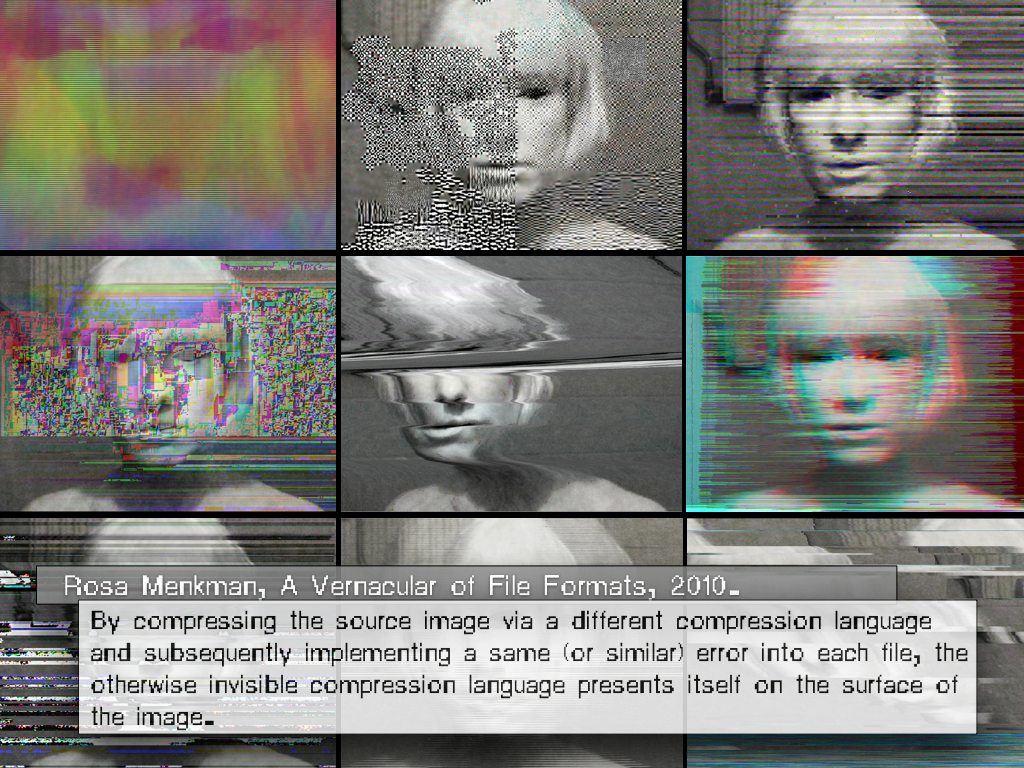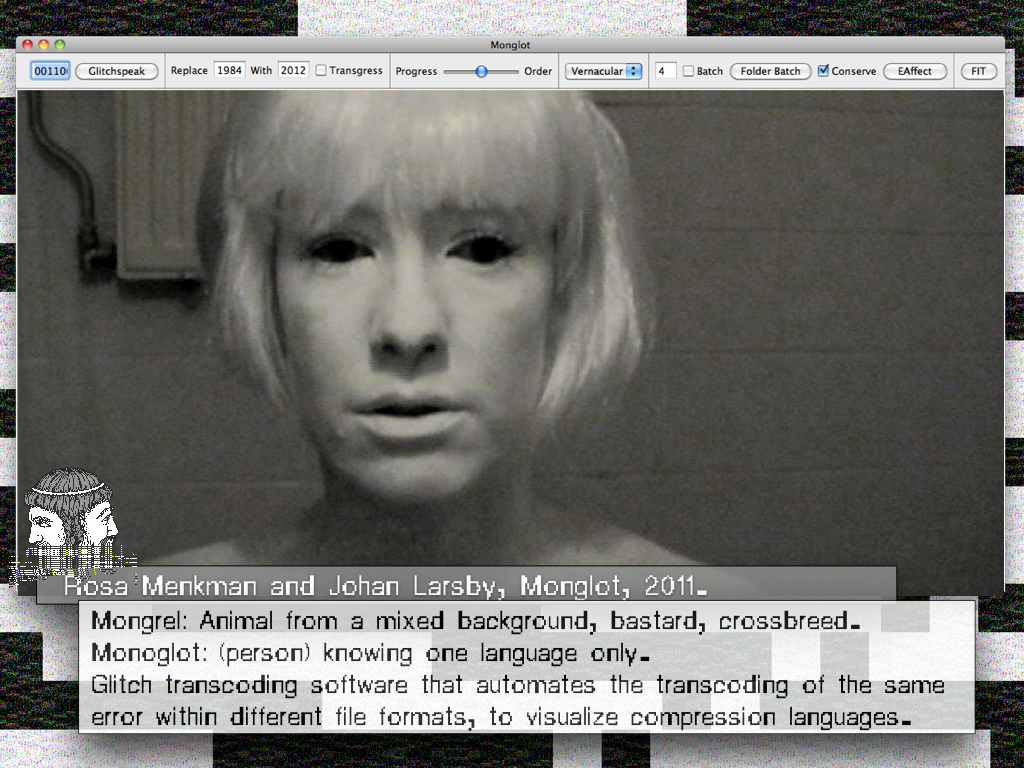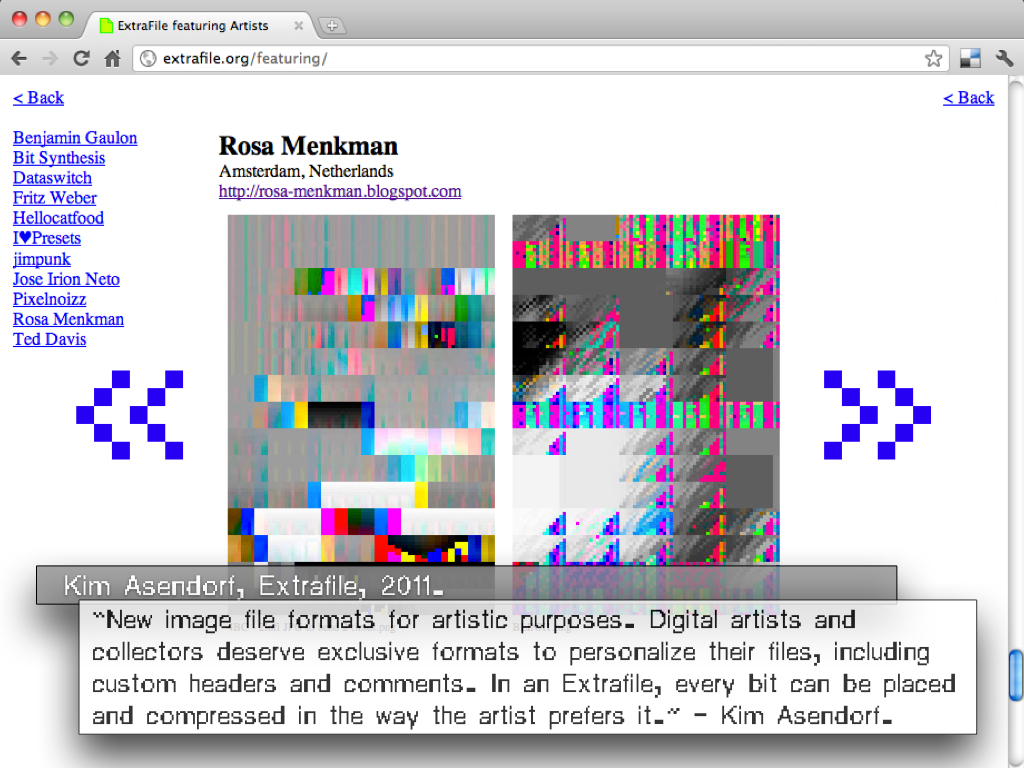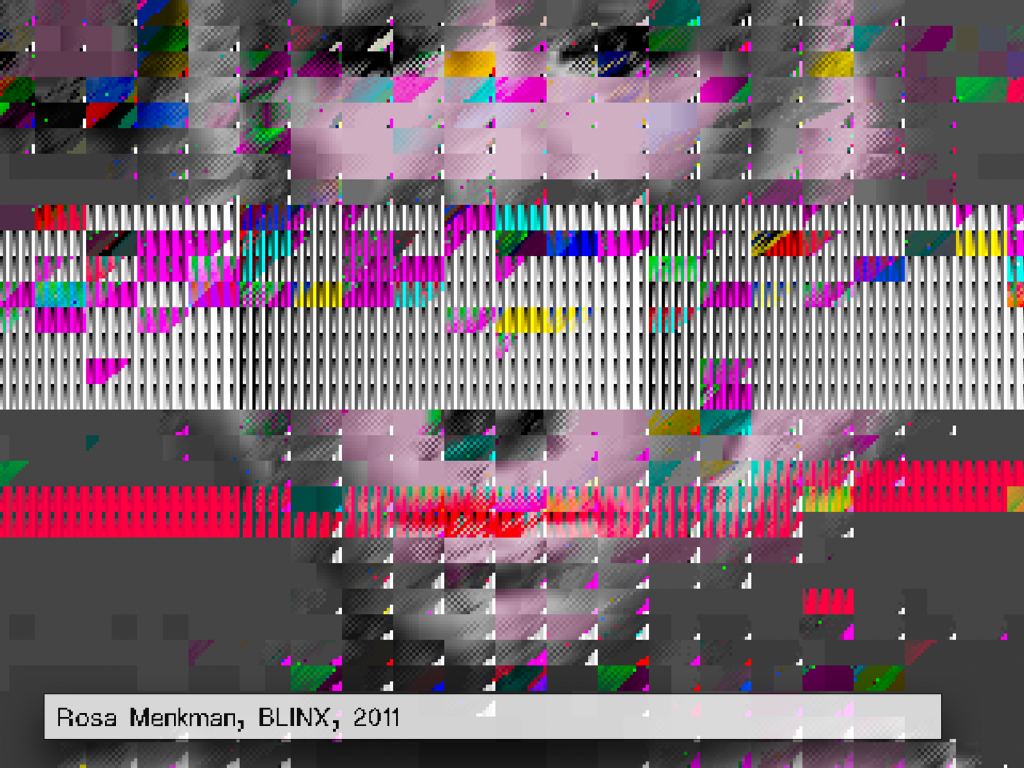Resolution Dispute 0010 : Genealogy (vs. /his/tory)
[ 0001 ]
Resolution Dispute 0000 : Materiality
“‘Material witness’ is a legal term; it refers to someone who has knowledge pertinent to a criminal act or event that could be significant to the outcome of a trial. In my work, I poach the term ‘material witness’ to express the ways in which matter carries trace evidence of external events. But the material witness also performs a twofold operation; it is a double agent. The material witness does not only refer to the evidence of event but also the event of evidence.”
- Schuppli, Susan. Dark Matters: an interview with Susan Schuppli, in: Living Earth, 2016.
“Materiality is reconceptualized as the interplay between a text's physical
characteristics and its signifying strategies, a move that entwines instantiation and signification at
the outset. This definition opens the possibility of considering texts as embodied entities while still
maintaining a central focus on interpretation. It makes materiality an emergent property, so that it
cannot be specified in advance, as if it were a pre-given entity. Rather, materiality is open to
debate and interpretation, ensuring that discussions about the text's "meaning" will also take into
account its physical specificity as well.”
- Hayles, N. Katherine. "Print is flat, code is deep: The importance of media-specific analysis." Poetics Today 25.1 (2004): 67-90.
A reflexive approach to materiality makes it possible to re-conceptualize materiality itself as ‘the interplay between a text’s physical characteristics and its signifying strategies’. Rather than thinking in the mediums’ material as fixed in physicality, a re-definition of materiality is useful because it opens the possibility of considering any text as embodied entity “while still maintaining a central focus on interpretation. In this view of materiality, it is not merely an inert collection of physical properties but a dynamic quality that emerges from the interplay between the text as a physical artifact, its conceptual content, and the interpretive activities of readers and writers.”
Reflections on materiality should not just happen on a technological level. To fully understand a work, each level of materiality should be studied: the physical and technological artifact, its conceptual content, and the interpretive activities of reader, artist and audience. [the choice of any] digital material is not innocent or meaningless. With enough knowledge of the material, an investigation into digital materialilty can uncover stories about the origin and history of the material, by others.
▁∣∖▁╱◝◟.❘╱▔▔╲̸/╲╱▔▔▔╲∣∖╱▔╲▁▁∣∖▁╱◝◟.╱▔▔╲________
The slides underneath are from the course ‘Materiality’, which took place over three meetings during the New Media class ‘Beyond Resolution’ I thaught as substitute professor at the KHK (Kassel) in 2018. During these weeks we unpacked the term ‘materiality’ via a research into various file formats. The slides are clickable; they either link to the work reference or zoom.
- Hayles, N. Katherine. "Print is flat, code is deep: The importance of media-specific analysis." Poetics Today 25.1 (2004): 67-90.
A reflexive approach to materiality makes it possible to re-conceptualize materiality itself as ‘the interplay between a text’s physical characteristics and its signifying strategies’. Rather than thinking in the mediums’ material as fixed in physicality, a re-definition of materiality is useful because it opens the possibility of considering any text as embodied entity “while still maintaining a central focus on interpretation. In this view of materiality, it is not merely an inert collection of physical properties but a dynamic quality that emerges from the interplay between the text as a physical artifact, its conceptual content, and the interpretive activities of readers and writers.”
Reflections on materiality should not just happen on a technological level. To fully understand a work, each level of materiality should be studied: the physical and technological artifact, its conceptual content, and the interpretive activities of reader, artist and audience. [the choice of any] digital material is not innocent or meaningless. With enough knowledge of the material, an investigation into digital materialilty can uncover stories about the origin and history of the material, by others.
▁∣∖▁╱◝◟.❘╱▔▔╲̸/╲╱▔▔▔╲∣∖╱▔╲▁▁∣∖▁╱◝◟.╱▔▔╲________
The slides underneath are from the course ‘Materiality’, which took place over three meetings during the New Media class ‘Beyond Resolution’ I thaught as substitute professor at the KHK (Kassel) in 2018. During these weeks we unpacked the term ‘materiality’ via a research into various file formats. The slides are clickable; they either link to the work reference or zoom.
